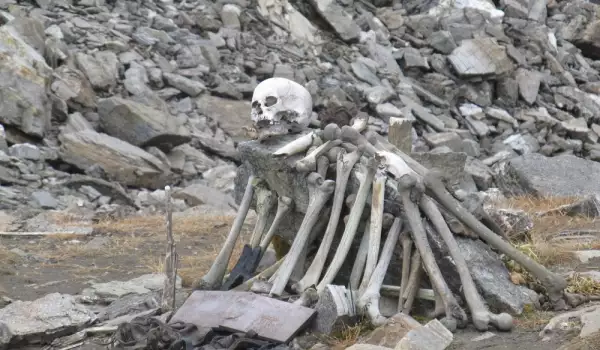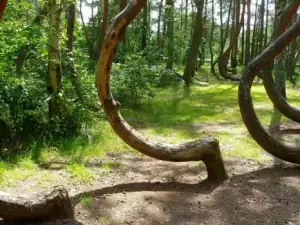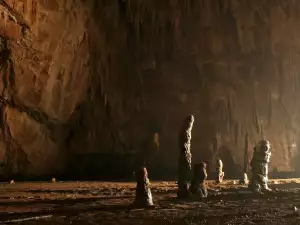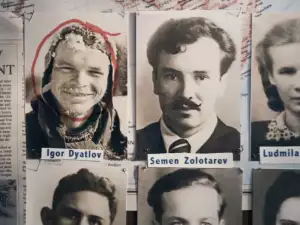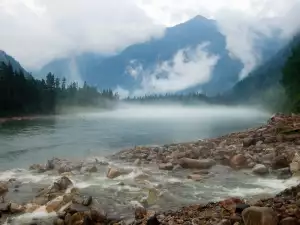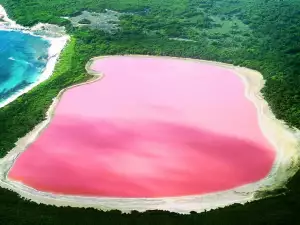Lake Roopkund continues to puzzle the scientific community even today. In 1942, 500 skeletons were discovered there, without anyone being able to determine who those people were and why they were buried there.
For decades on end, this Himalayan lake has been investigated, many theories have been brought up but no concrete historical fact to prove them has yet been found.
According to one of the theories, the found remains belong to a group of people who were part of a mass religious sacrifice. It is believed that this festival of death was done once every 12 years in the past.
But concrete documents to support this thesis have not been discovered.

In 2004, during an expedition to Roopkund, it was established that each and every one of the dead had damage on the skulls and bones. Because of this some archaeologists postulate that the buried skeletons were the victims of a massive avalanche.
Some of the experts challenge this theory, saying that the deceased died as a consequence of unprecedented hailstorm.
In one local legend, it tells that the king of Kannauj was to lead a great pilgrimage in honor of the goddess Nanda Devi. The pilgrimage ended at the Himalayan lake and the king was accompanied by 100 of his nobles and his pregnant wife.
Unexpectedly, the queen began having labor pains and was forced to give birth to the king's heir by the shores of the lake during the actual adoration of the goddess. The birth was seen as a breaking of the traditions.
This infuriated Nanda Devi and she sent a great hailstorm that killed the king and his entourage.
After detailed analysis of the bones, it became evident that the dead buried in the lake had lost their lives in the year 850.
The strange thing is that the scientists have managed to identify 2 different groups of skeletons. In one group, the skeletons are significantly shorter than those of the other. DNA tests have found that the deceased had genetic mutations.
The glacial lake is located at 16500 ft (5029 m) above sea level, with the surrounding area being completely desolate.
